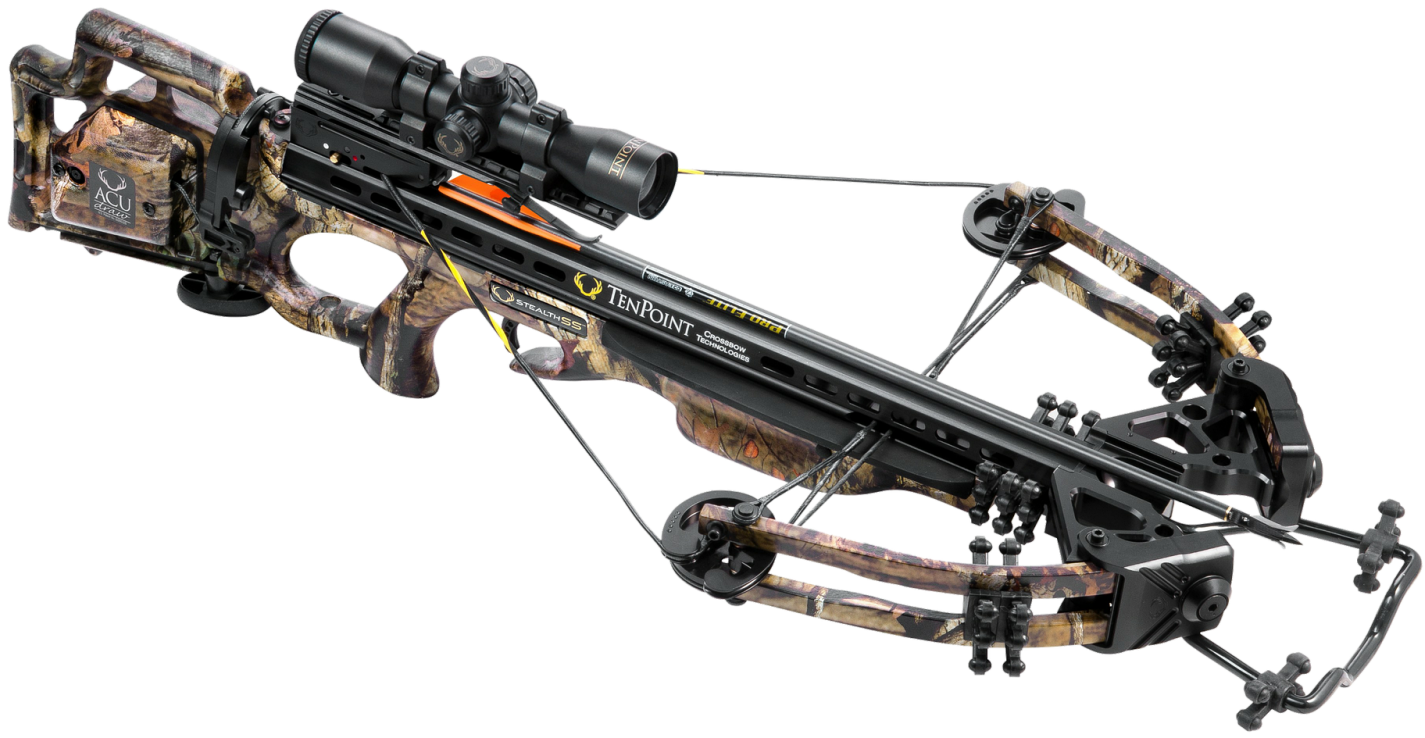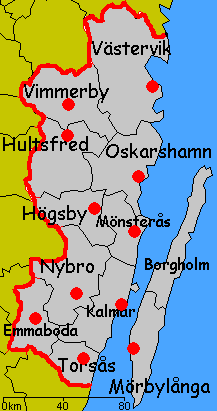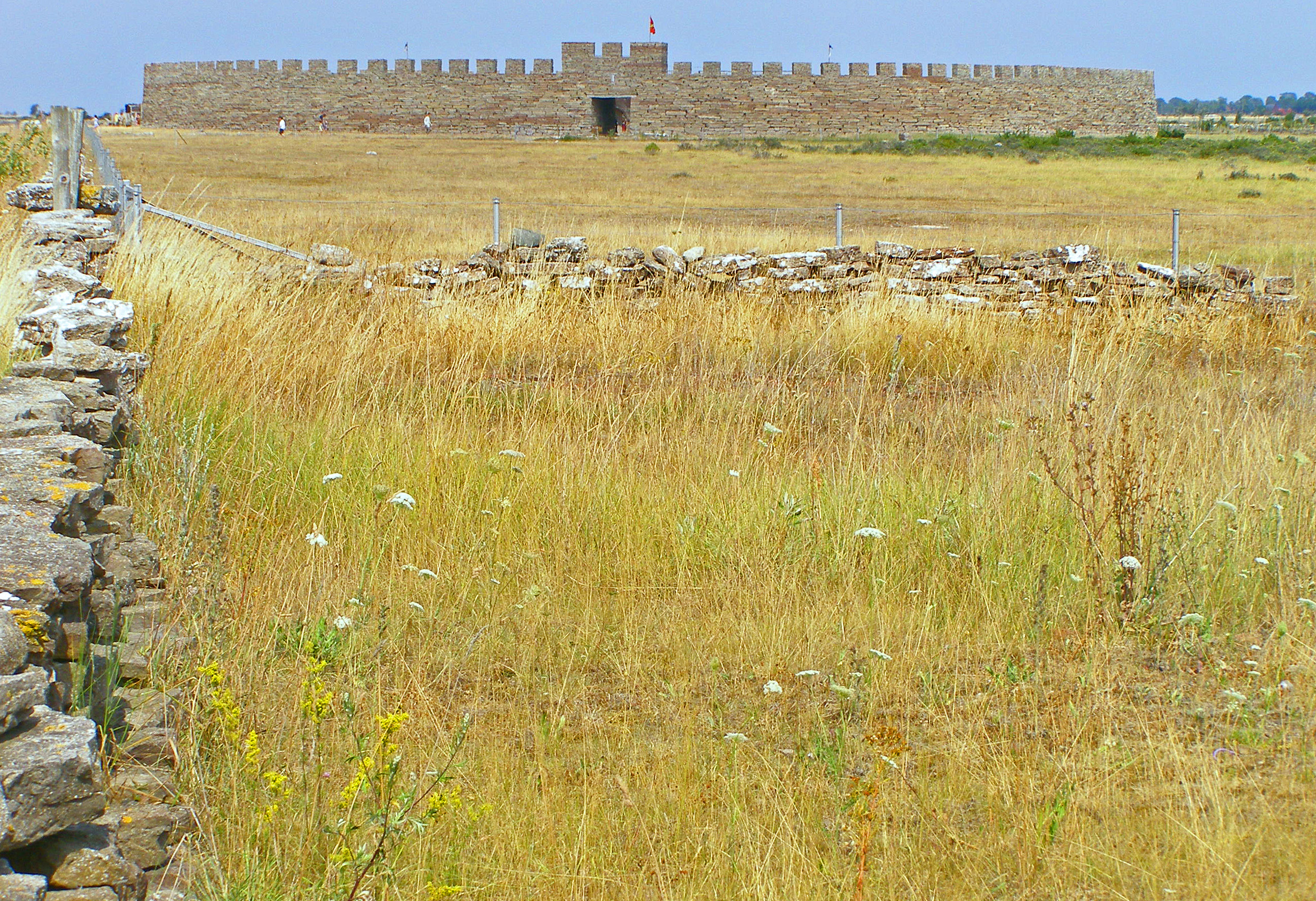|
Heraldry Of Småland
Småland is a province of Sweden and at the funeral of Gustav Vasa in 1560 the province was granted its arms. Today there are also county arms that are based on the arms of Småland. Småland The first coat of arms for Småland, granted in 1560, pictured a red crossbow with roses on a golden shield but at the coronation of Johan III in 1569 a new coat of arms was granted. A lion was wielding the crossbow and the roses had fallen off. There was also a revision in 1944, but no alterations were made. Småland is also considered a duchy and has the right to carry a ducal coronet with the arms. Blazon: "Or a lion rampant Gules langued and armed Azure holding in front paws a Crossbow of the second bowed and stringed Sable with a bolt Argent." Official blazon in Swedish: "''I gyllene fält ett rött lejon med blå beväring, därest sådan skall förekomma, och hållande i tassarna ett uppåtvänt rött armborst med pilspets av silver samt båge och strängar svarta.''". Kronoberg Co ... [...More Info...] [...Related Items...] OR: [Wikipedia] [Google] [Baidu] |
Småland
Småland () is a historical Provinces of Sweden, province () in southern Sweden. Småland borders Blekinge, Scania, Halland, Västergötland, Östergötland and the island Öland in the Baltic Sea. The name ''Småland'' literally means "small lands", referring to many small historic provinces from which it was composed. The Latinized form has been used in other languages. The highest point in Småland is Tomtabacken, at 377 metres (1,237 ft). In terms of total area, Småland is similar in size to Belgium and Israel. Administration Whilst the traditional provinces of Sweden no longer serve any governmental purpose ''per se'', they do retain historical and cultural importance. The province of Småland today is divided almost entirely into the three administrative Counties of Sweden, counties of Jönköping County, Jönköping, Kalmar County, Kalmar, and Kronoberg County, Kronoberg. Some few small portions of historic Småland are situated in Halland County, Halland and Öst ... [...More Info...] [...Related Items...] OR: [Wikipedia] [Google] [Baidu] |
Provinces Of Sweden
The 25 provinces of Sweden () are historical, geographical and cultural regions. They have no administrative function, but retain their own cultural identities, dialects and folklore. Several were administrative subdivisions until 1634, when they were replaced by the counties of Sweden (). Some were conquered later on from Denmark–Norway. Others, like the provinces of Finland, have been lost. In some cases, the county and province borders correspond almost exactly, as with Blekinge and Blekinge County. The island of Gotland is both a province, a county and a municipality (''kommun''). The only other province to share a name with a modern municipality is Härjedalen, though the borders are not quite the same. Administrative borders are subject to change – for example, several of today's counties were created in the 1990s – while the provincial borders have remained stable for centuries. All the provinces are also ceremonial duchies, but as such have no administrati ... [...More Info...] [...Related Items...] OR: [Wikipedia] [Google] [Baidu] |
Sweden
Sweden, formally the Kingdom of Sweden, is a Nordic countries, Nordic country located on the Scandinavian Peninsula in Northern Europe. It borders Norway to the west and north, and Finland to the east. At , Sweden is the largest Nordic country by both area and population, and is the List of European countries by area, fifth-largest country in Europe. Its capital and largest city is Stockholm. Sweden has a population of 10.6 million, and a low population density of ; 88% of Swedes reside in urban areas. They are mostly in the central and southern half of the country. Sweden's urban areas together cover 1.5% of its land area. Sweden has a diverse Climate of Sweden, climate owing to the length of the country, which ranges from 55th parallel north, 55°N to 69th parallel north, 69°N. Sweden has been inhabited since Prehistoric Sweden, prehistoric times around 12,000 BC. The inhabitants emerged as the Geats () and Swedes (tribe), Swedes (), who formed part of the sea-faring peopl ... [...More Info...] [...Related Items...] OR: [Wikipedia] [Google] [Baidu] |
Gustav I Of Sweden
Gustav Eriksson Vasa (12 May 1496 – 29 September 1560), also known as Gustav I, was King of Sweden from 1523 until his death in 1560. He was previously self-recognised Protector of the Realm ('' Riksföreståndare'') from 1521, during the ongoing Swedish War of Liberation against King Christian II of Denmark, Norway and Sweden. Gustav rose to lead the Swedish War of Liberation following the Stockholm Bloodbath, where his father was executed. Gustav's election as king on 6 June 1523 (the National Day of Sweden) and his triumphant entry into Stockholm eleven days later marked Sweden's final secession from the Kalmar Union. During his reign, Gustav initiated the Protestant reformation in Sweden, transformed the country from an elective to a hereditary monarchy and established a standing army and navy. Early life Gustav Eriksson, a son of Cecilia Månsdotter Eka and Erik Johansson Vasa, was probably born in 1496. The birth most likely took place in Rydboholm Castle, nor ... [...More Info...] [...Related Items...] OR: [Wikipedia] [Google] [Baidu] |
Crossbow
A crossbow is a ranged weapon using an Elasticity (physics), elastic launching device consisting of a Bow and arrow, bow-like assembly called a ''prod'', mounted horizontally on a main frame called a ''tiller'', which is hand-held in a similar fashion to the stock (firearms), stock of a long gun. Crossbows shoot arrow-like projectiles called ''crossbow bolt, bolts'' or ''quarrels''. A person who shoots crossbow is called a ''crossbowman'', an ''arbalister'' or an ''arbalist (crossbowman), arbalist'' (after the arbalest, a European crossbow variant used during the 12th century). Crossbows and bows use the same elastic launch principles, but differ in that an archer using a Bow and arrow, bow must draw-and-shoot in a quick and smooth motion with limited or no time for aiming, while a crossbow's design allows it to be spanned and cocked ready for use at a later time and thus affording them unlimited time to aim. When shooting bows, the archer must fully perform the bow draw, draw, h ... [...More Info...] [...Related Items...] OR: [Wikipedia] [Google] [Baidu] |
John III Of Sweden
John III (; 20 December 1537 – 17 November 1592) was King of Sweden from 1569 until his death. He attained the Swedish throne after a rebellion against his half-brother Erik XIV. He is mainly remembered for his attempts to close the gap between the newly established Lutheran Church of Sweden and the Catholic Church, as well as his conflict with and possible murder of his brother. John was also, quite autonomously, the Duke of Finland from 1556 to 1563. In 1581 he assumed the title Grand Duke of Finland. His first wife was Catherine Jagiellon of the Polish–Lithuanian ruling family, and their son Sigismund eventually ascended both the Polish–Lithuanian and Swedish thrones. He ended the Northern Seven Years' War, but instead Sweden was drawn into the 25 Years' War with Russia, where minor gains were eventually made. He worked for closer relations with Poland. John III was interested in religion and culture. During his reign, he countered the growing Lutheran tendencies ... [...More Info...] [...Related Items...] OR: [Wikipedia] [Google] [Baidu] |
National Archives Of Sweden
The National Archives of Sweden (, RA) is the official archive of the Swedish government and is responsible for the management of records from Sweden's public authorities. Although the archives functions primarily as the government archive, it also preserves some documents from private individuals and non-public organizations. The mission of the archives is to collect and preserve records for future generations. Organization The National Archives of Sweden is a state administrative authority, organized under the Ministry of Culture. The head of The National Archives, known as the Riksarkivarie in Swedish, works alongside of staff responsible for strategic issues, and overall coordination and development. The position is currently held by Karin Åström Iko. History The National Archives of Sweden is one of the oldest public authorities in Sweden, with roots that can be traced back to the Middle Ages. Beginning under King Gustav Vasa, an archive was created from previously ... [...More Info...] [...Related Items...] OR: [Wikipedia] [Google] [Baidu] |
Swedish Language
Swedish ( ) is a North Germanic languages, North Germanic language from the Indo-European languages, Indo-European language family, spoken predominantly in Sweden and parts of Finland. It has at least 10 million native speakers, making it the Germanic_languages#Statistics, fourth most spoken Germanic language, and the first among its type in the Nordic countries overall. Swedish, like the other North Germanic languages, Nordic languages, is a descendant of Old Norse, the common language of the Germanic peoples living in Scandinavia during the Viking Age. It is largely mutually intelligible with Norwegian language, Norwegian and Danish language, Danish, although the degree of mutual intelligibility is dependent on the dialect and accent of the speaker. Standard Swedish, spoken by most Swedes, is the national language that evolved from the Central Swedish dialects in the 19th century, and was well established by the beginning of the 20th century. While distinct regional Variety ( ... [...More Info...] [...Related Items...] OR: [Wikipedia] [Google] [Baidu] |
Kronoberg County
Kronoberg County (; ) is a county or '' län'' in southern Sweden. Kronoberg is one of three counties in the province of Småland. It borders the counties of Skåne, Halland, Jönköping, Kalmar, and Blekinge. Its capital is the city of Växjö. While Kronoberg is an inland county, the southernmost fringes are about from the coastline. Province Geographically, Kronoberg County is situated in the southern part of the province of Småland. It received its present borders in 1687 when Jönköping County was separated from the former Jönköping and Kronoberg County. Administration The seat of residence for the Governor or ''landshövding'' is Växjö. The Governor is the head of the County Administrative Board or ''länsstyrelsen''. The County Administrative Board is a Government Agency A government agency or state agency, sometimes an appointed commission, is a permanent or semi-permanent organization in the machinery of government (bureaucracy) that is respon ... [...More Info...] [...Related Items...] OR: [Wikipedia] [Google] [Baidu] |
Kalmar County
Kalmar County () is a Counties of Sweden, county or ''län'' in southern Sweden. It borders the counties of Kronoberg County, Kronoberg, Jönköping County, Jönköping, Blekinge County, Blekinge and Östergötland County, Östergötland. To the east in the Baltic Sea is the island Gotland County, Gotland. The counties are mainly administrative units. Geographically Kalmar County covers the eastern part in the Småland province, and the entire island of Öland. Culture Much of Öland's present day landscape known as the Stora Alvaret has been designated as a World Heritage Site by UNESCO. This southern part of Öland is known for a large number of rare species; early Paleolithic settlement at Alby, Öland, Alby; other prehistoric remains such as the Gettlinge Gravefield and Eketorp Fortress; and the Ottenby Nature Preserve. Administration Kalmar County was integrated with Kronoberg County until 1672. Blekinge County, Blekinge was a part of Kalmar County between 1680 and 168 ... [...More Info...] [...Related Items...] OR: [Wikipedia] [Google] [Baidu] |
Öland
Öland (, ; ; sometimes written ''Oland'' internationally) is the second-largest Swedish island and the smallest of the traditional provinces of Sweden. Öland has an area of and is located in the Baltic Sea just off the coast of Småland. The island has over 26,000 inhabitants. It is separated from the mainland by the Kalmar Strait and connected to it by the Öland Bridge, which opened on 30 September 1972. The county seat Kalmar is on the mainland at the other end of the bridge and is an important commercial centre related to the Öland economy. The island's two municipalities are Borgholm and Mörbylånga named after their municipal seats. Much of the island is farmland, with fertile plains aided by the mild and sunny weather during summer. Öland does not have separate political representation at the national level, and is fully integrated into Sweden as part of Kalmar County. Administration The traditional provinces of Sweden no longer serve administrative or ... [...More Info...] [...Related Items...] OR: [Wikipedia] [Google] [Baidu] |
Jönköping County
Jönköping County () is a county or '' län'' in southern Sweden. It borders the counties of Halland, Västra Götaland, Östergötland, Kalmar and Kronoberg. The total county population was 356,291 inhabitants in September 2017. The capital and largest city is Jönköping. About one quarter of the total county population lives in the combined Jönköping-Huskvarna urban area around the southern point of Lake Vättern. Provinces and administrative history Despite being commonly used to indicate the geographical, cultural and historical region, the larger historical province ''(landskap)'' of Småland, which most of Jönköping County is part of, has no administrative or political significance today. Jönköping County has existed as an administrative division since the 17th century, and constitutes the north-western part of Småland, the other parts being Kronoberg County in the south-west and Kalmar County in the east. Jönköping County was periodically united with neigh ... [...More Info...] [...Related Items...] OR: [Wikipedia] [Google] [Baidu] |







